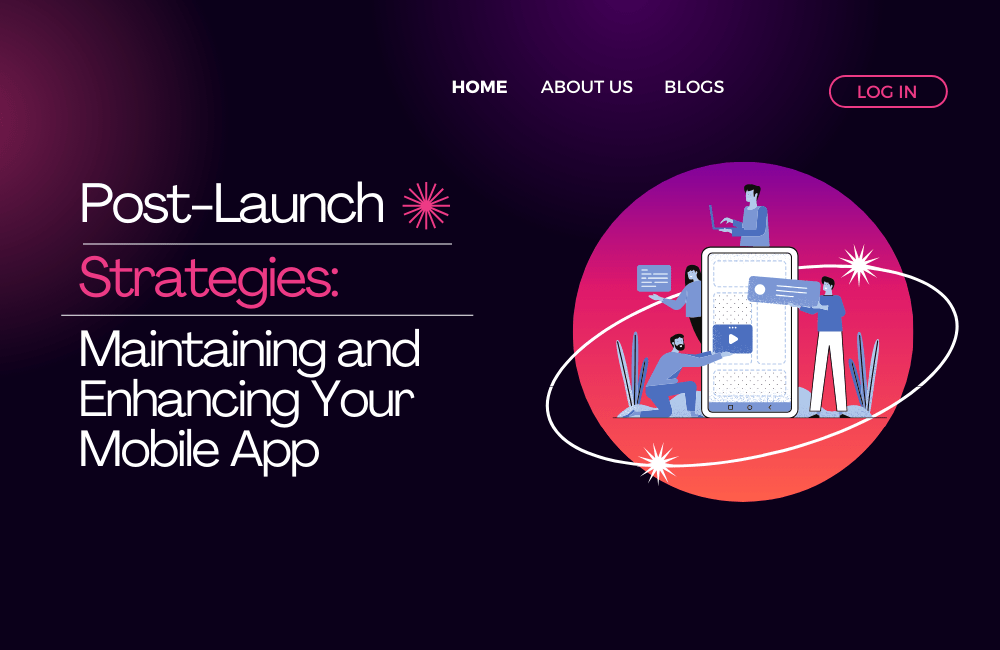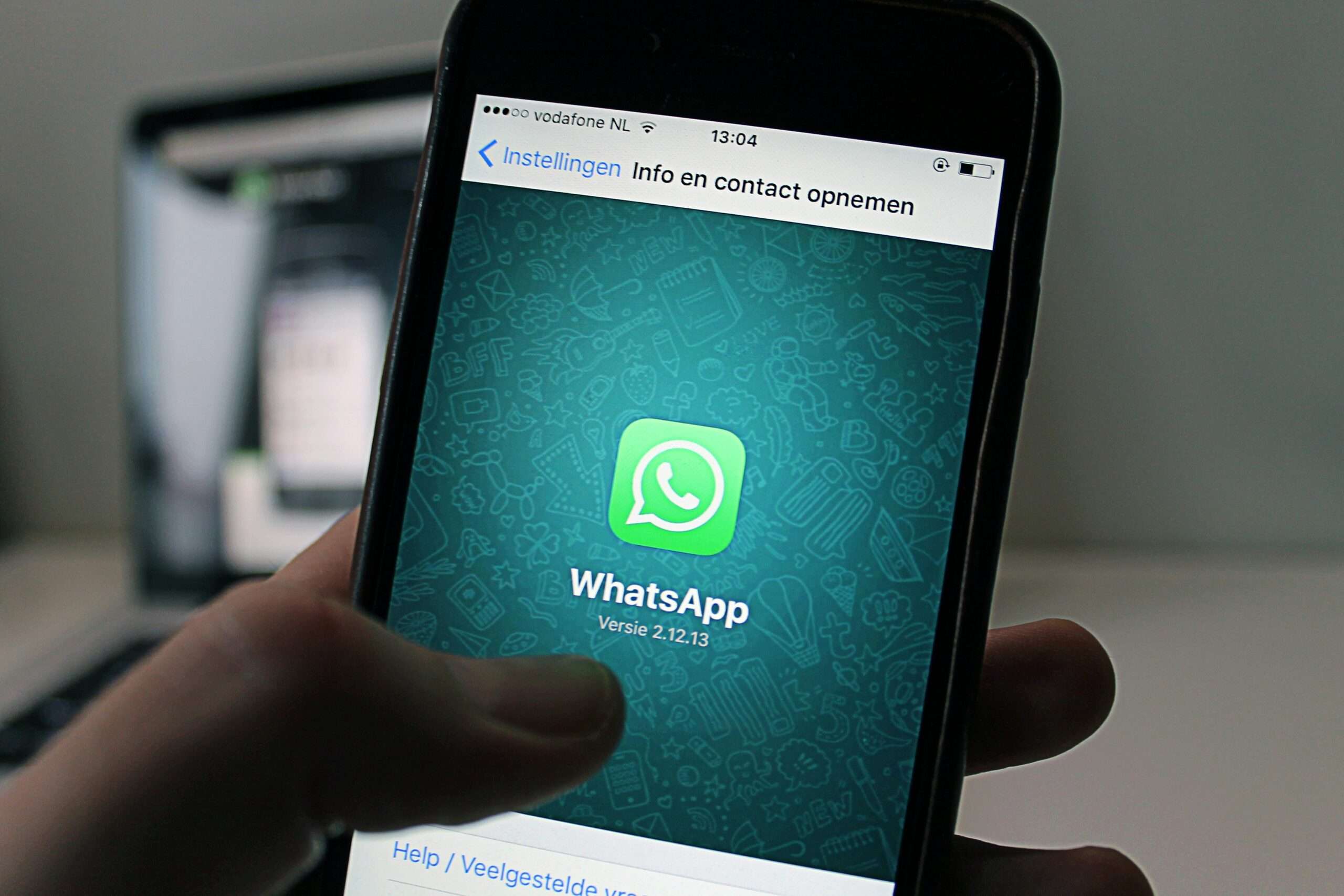Launching your mobile app is undoubtedly a thrilling moment. But remember, it’s not the final chapter; it’s more like turning a new page. The phase that follows the launch is crucial for your app’s success.
This period demands persistent endeavors to captivate users, rectify issues, and elevate the app’s overall functionality. Dive into this guide as we uncover the strategies to adopt post-launch, ensuring your app stays up-to-date, efficient, and thriving.
1. Monitoring and Analytics
Once you’ve launched, it’s pivotal to have a robust system to keep tabs and analyze your app’s journey. Tools designed for this not only shed light on the app’s performance and user activity but also spotlight any lurking concerns.
Consistent checks on how your app performs are a must. Thanks to various monitoring utilities, it’s easier to understand your app’s behavior across distinct conditions and devices. These tools offer live data about your app’s swiftness, stability, and how much resources it’s consuming (like memory and CPU).
It’s imperative to detect and rectify any bugs that were left unresolved during the app development process. This ensures users get a smooth experience. Using the data gathered, developers can fine-tune the app, enhancing its efficiency and responsiveness. Emphasizing the need for this is essential, as any disruption or glitch can tarnish the user’s experience, potentially driving them away.
Grasping how users navigate your app is instrumental for its evolution. With analytic tools at your disposal, it’s possible to analyze user interactions, favorite features, points where users back out, and so on.
Such insights can spotlight areas needing a revamp and features that are a hit among users. User analytics serve as a window into user habits, paving the way for more user-driven updates and features in the future.
Besides, they can highlight any pain points, or areas that could be tweaked to make the app more instinctive and user-aligned. By continually understanding user behavior, refining based on it, and assessing the effect of those refinements, you can streamline your mobile app development journey.
2. User Feedback and Reviews
Think of user feedback as your treasure trove. Comments on app stores or direct feedback can offer a lens into the user’s mind, revealing what’s a hit and what’s a miss.
Persuading users to share their thoughts, especially on app stores, can serve dual purposes. One, it helps to gain feedback about your app’s functionality, user-friendliness, and unique features.
Two, an array of glowing reviews can boost your app’s visibility on app stores, drawing in more users. But, nudging users for reviews is an art. It’s wise to reach out when they’ve just had a delightful experience on your app.
A gentle, non-pushy nudge for a review or rating can do wonders. Moreover, offering an effortless way for users to voice concerns or get in touch with support within the app can cultivate a transparent bond with your users.
It’s not just about gathering feedback; what you do with it matters immensely. Responding to comments, particularly the not-so-rosy ones, sends out a message – you value and act on feedback.
It’s also a chance to turn a sour experience sweet by addressing and resolving issues. Having a systematic approach to sort, prioritize, and act on feedback is pivotal.
Assigning a team or even a few dedicated folks to monitor and engage with user feedback can be a game-changer. Utilizing this feedback to refine the app portrays a flexible and user-focused ethos in app development. This not only enhances the app’s standing but also fortifies the bond with its users.
3. Regular Updates and New Features
Keeping your app relevant with regular updates is the secret sauce to holding onto user interest and aligning with the ever-evolving standards of mobile app development. Think of the post-launch phase as the starting line of a marathon aiming for the longevity and success of your app.
Addressing bugs is like keeping the weeds out of your garden post-launch. No matter the extent of testing done during the app development process, unexpected bugs might occur. Rolling out updates to squash these bugs is your shield to uphold the app’s functionality and integrity.
Prompt bug resolution not only enhances user experience but also fosters trust, as users notice the active maintenance and quick issue resolution A structured formula for tracking bugs, fueled by feedback and analytics, and then lining them up based on their impact is a sensible practice.
Unrolling new features is your ticket to keeping the app lively, relevant, and gripping. These could be polished versions of existing functionalities or completely fresh additions aligning with what users crave and what’s buzzing in the market.
Tailoring new features based on user feedback and market dive is a sure way to ensure the app remains a step ahead of user anticipations. Furthermore, new features serve as a marketing angle to re-engage present users and draw in new ones.
They narrate a story of growth and betterment, displaying a steady commitment to delivering value. Crafting a clear roadmap for rolling out new features and sharing this roadmap keeps the users in the loop, fueling their excitement.
4. Marketing and User Retention
Post-launch, the spotlight turns to holding onto users and incessantly marketing the app to reel in fresh users. It’s a cyclic endeavor aimed at keeping the app shining in the spotlight while cocooning a delightful user experience.
The marketing chariot should keep rolling even after a booming launch. Staying noticeable in a jam-packed app market is crucial. Leveraging varied marketing avenues, like social media, collaborating with influencers, and app store optimization (ASO), can sustain a steady inflow of new users.
Seasonal or thematic promos and adverts can tap into wider market trends and user interests, creating a buzz around your app. It’s also fruitful to delve into partnerships with other apps or platforms for mutual promotion. By keeping the marketing sparks flying, you keep the curiosity around your app alive, helping to nurture a growing user community over time.
Engaging users is a complex endeavor. 90% of users who interact with an app at least once per week are more likely to become long-term users. Judicious use of push notifications, orchestrating in-app events, and offering perks or incentives for regular usage are tactics that can significantly boost user engagement. Moreover, adding a touch of personalization, like crafting personalized recommendations or interfaces, can make the app more inviting and user-aligned.
It’s crucial to hit the sweet spot in communication to keep users informed and engaged without overwhelming them. Dissecting user behavior and grouping users based on their interaction grades with the app can help in customizing engagement strategies effectively for different user groups.
Conclusion
The post-launch period is decisive for the victory and longevity of your mobile app. Executing a sturdy post-launch strategy not only aids in preserving and augmenting your app but also plays a significant role in attaining your business objectives.
It’s a relentless effort that demands a devoted team and a lucid roadmap. Teaming up with a reputable mobile app development company can significantly streamline the post-launch journey and ensure your app continues to flourish in the fiercely competitive app market.










